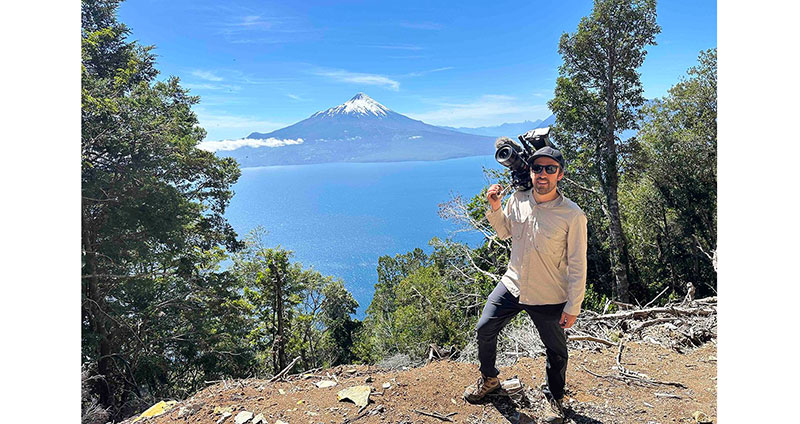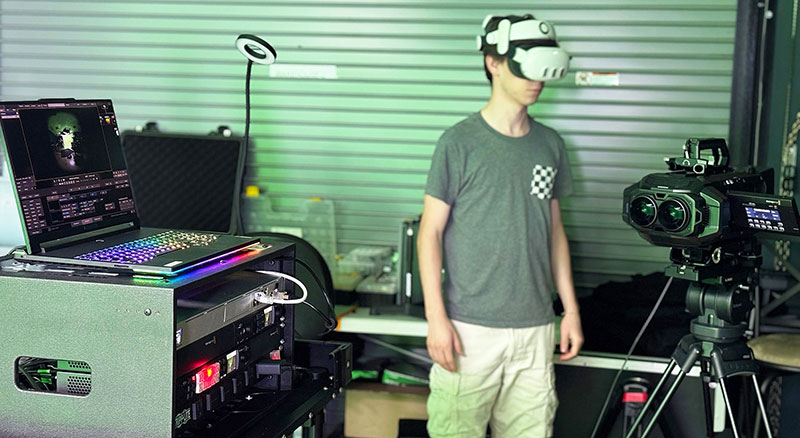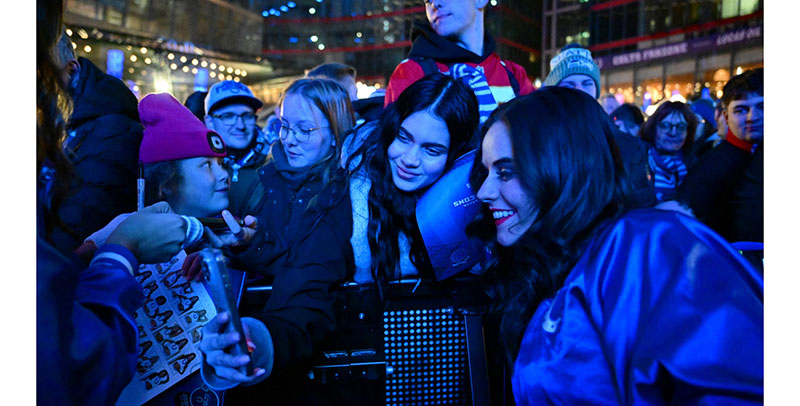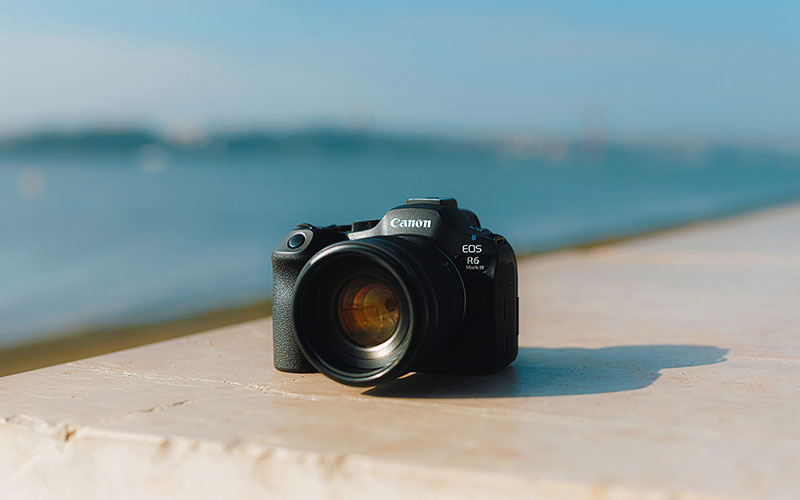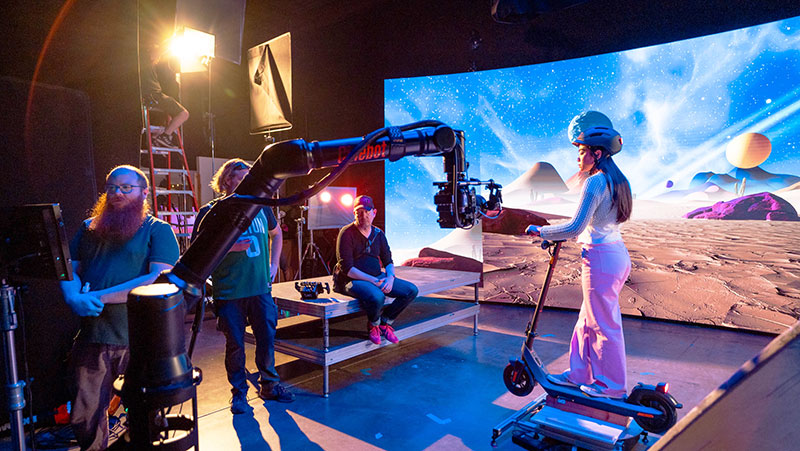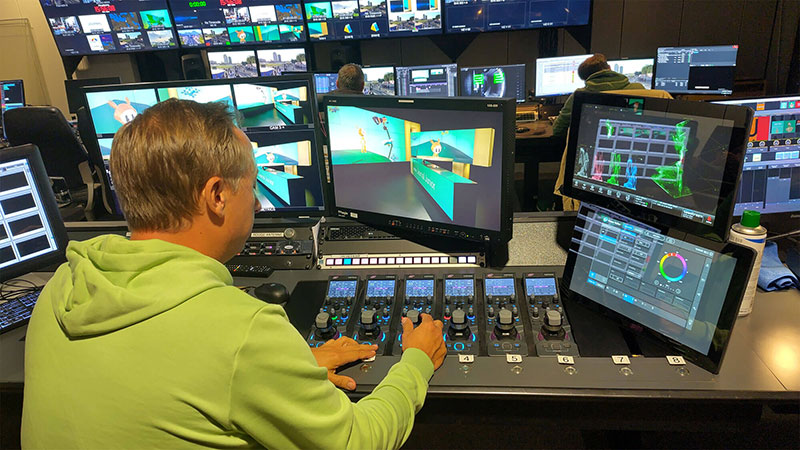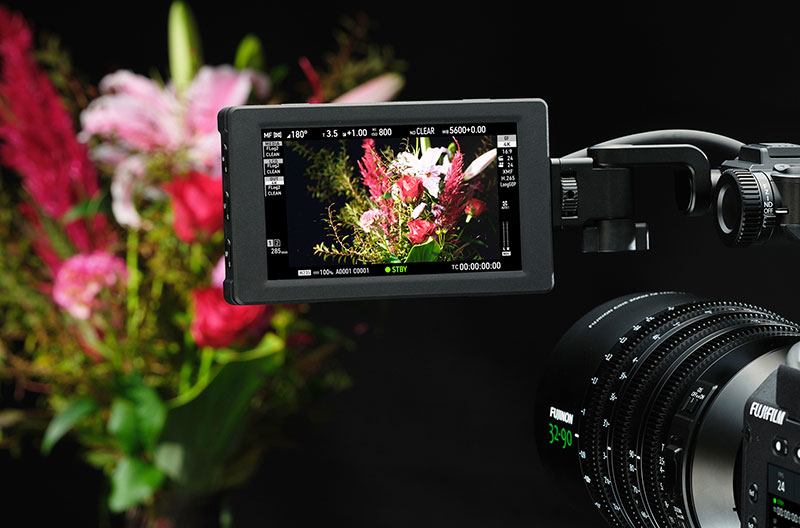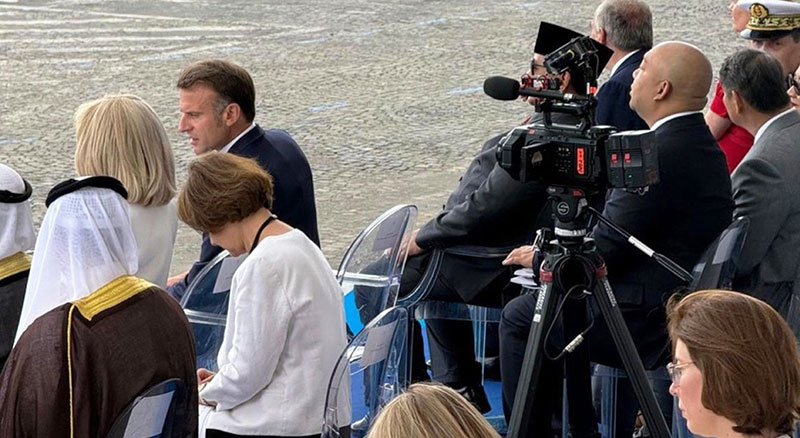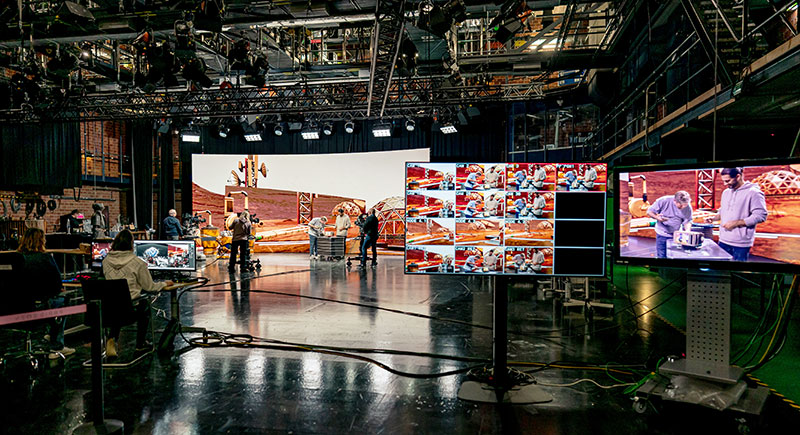Innovative purchased a range of broadcast standard Panasonic cameras across 4K studio, PTZ and heldheld models, aiming for colour reproduction, remote control and versatility.
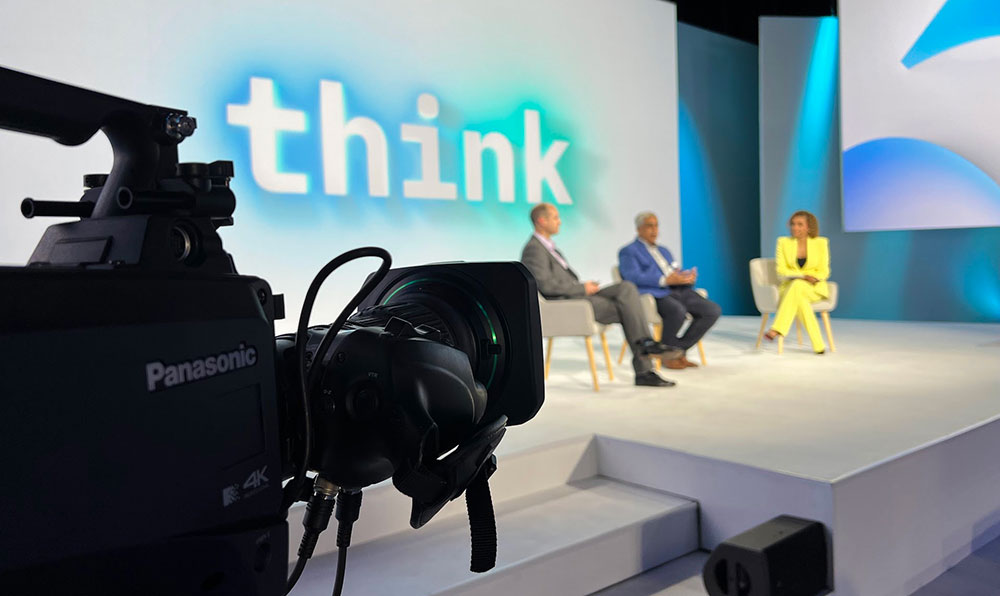
Innovative Production Services (Innovative) has progressed steadily over its 25-year history from live event producer to OB production company. Along the way, the company has gained experience in many types of live production including bands, theatre, TV, art, performance and corporate events, and has recently completed work on a new 4K, fully up to date broadcast truck, the 4K ONE.
Purchasing cameras for the truck marked a turning point for Innovative. The company's director Jeremy Koch said, “Prior to building our studio equipment package called The HUB that we transport and deploy in clients’ studios and venues, we had never really thought about owning serious cameras. We did have some entry level cameras but nothing of true broadcast standard, and we never had plans to buy that type of camera either.
Resolution and Colour
“However, once The HUB studio gained some traction, our outlook changed and we started to consider which broadcast cameras to buy. Since our experience comes primarily from live events, as we researched, we discussed our options first with people we knew and trusted in that industry. This led us to put the Panasonic UC4000s at the top of our list. Once we had tested them and saw the images, we knew they were the right cameras for us. Furthermore, licensing the 4K capability was unnecessary – they are 4K capable as purchased.”
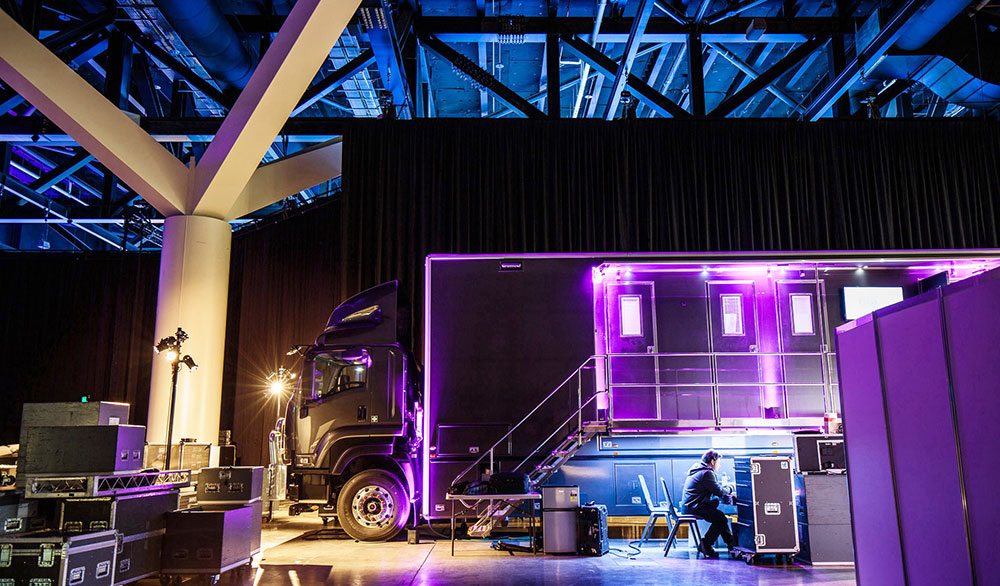
To take the best advantage of the resolution, Innovative invested in 4K broadcast lenses from Fujinon. “We purchased the Fujinon 4K Premier series lenses and then more recently bought two of the UA 107 4K box lenses. With the 107s’ zoom factor we can go from a beautiful wide shot of a stadium, for instance, and in the next minute zoom into a head shot.”
Besides wanting a professional-level 4K broadcast camera with Super Slow Motion and reliable support, Innovative had two main requirements that influenced their decision to buy Panasonic cameras. “One of these is colour reproduction, in particular for stage lighting where rich saturated colours like Congo blue, a purple-blue useful for modelling effects, become important,” said Jeremy. “Equally important is the ability to sub-hire more cameras of the same type from other companies, to support project demands. The Panasonic cameras met these requests, and others.”
Innovative purchased a number of Panasonic AK-UC4000GSJ 4K studio cameras with AK-UCU600 CCUs, AG-CX350EN 4K handheld cameras with wireless backs and AW-UE160KEJ 4K PTZ cameras.
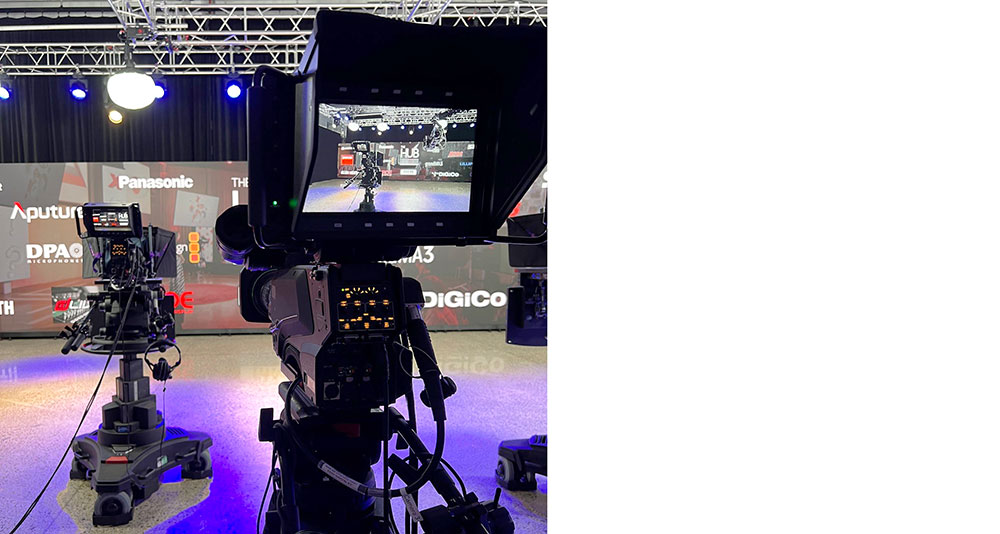
Building the Inventory
Jeremy said, “To run The HUB, we needed a minimum of four studio camera chains, so we started with the AK-UC4000s. When we won our next major project, we needed several PTZ cameras that could be combined with the UC4000s, and also a versatile compact handheld camera that would work well for wireless shots in various situations.
“At the time we were investigating the market, Panasonic had their AW-UE150KEJ. It’s an excellent camera, but to cover events, we need a model that adapts to low light situations with high performance results. On discovering that the newer AW-UE160KEJ would soon be released with a new sensor, image processing engine and related features, we felt it would be a better match for our work.”
More tests followed at various events where they used this new PTZ alongside the AG-CX350 hand held camera. An extremely lightweight 4K 10-bit fixed-lens camcorder, the CX350 integrates well with the truck’s functionality and also with the UE160s. Remote camera control – iris, pedestal and zoom – for the PTZ models and the camcorder was handled via the RP150 touchscreen controller and HRP-1000 1/4-rack control panel. The same remote panels can also paint and shade the AK-UC4000s, AG-CX350 and AW-UE160KEJ PTZ cameras for consistent looks.
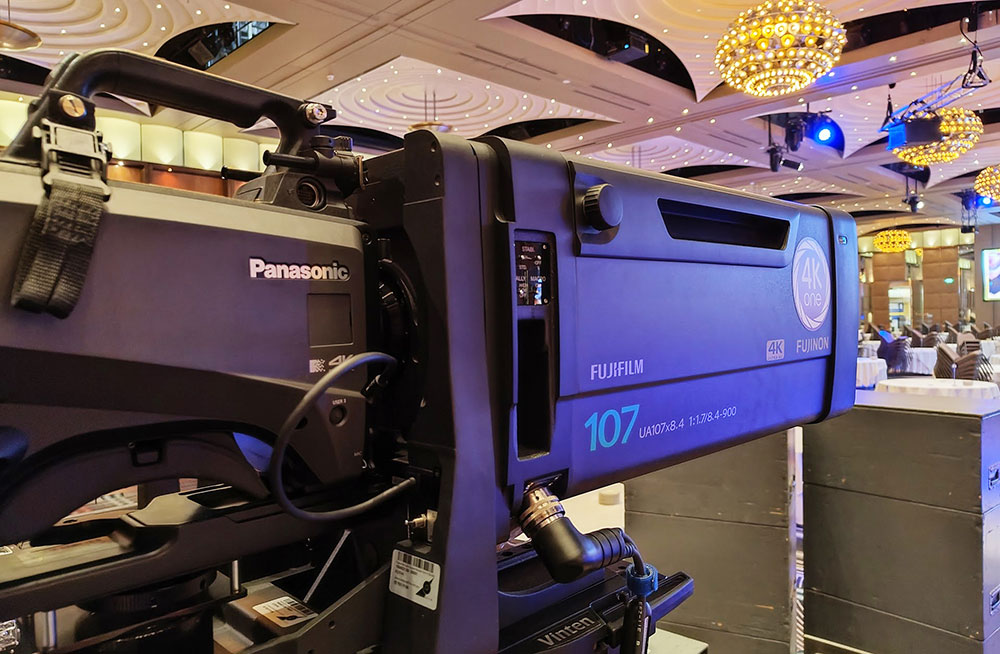
Versatility and Management
Jeremy and the team find Panasonic cameras are relatively straightforward to manage and control, for example, giving them the option to write their own custom control applications for various systems. He also appreciates the constant stream of firmware updates, going beyond bug fixes. A recent new feature that has been important for Innovative is the TSL5.0 tally control protocol, which was added to the RP150.
Among the three types of camera now in their fleet, Jeremy considers that their single most valuable quality is versatility. “Starting with the UC4000, the camera and its images are suitable for nearly any kind of production, as long as we can fit it into the shoot location,” he said. “It can also record at high frame rates up to 240 fps for slow motion. If it is physically too big, we can most likely use our UE160s or the CX350. This means we are prepared for projects from simple one-camera shoots, to PTZ-only capture sessions, to a complete eight- or more camera broadcast.”
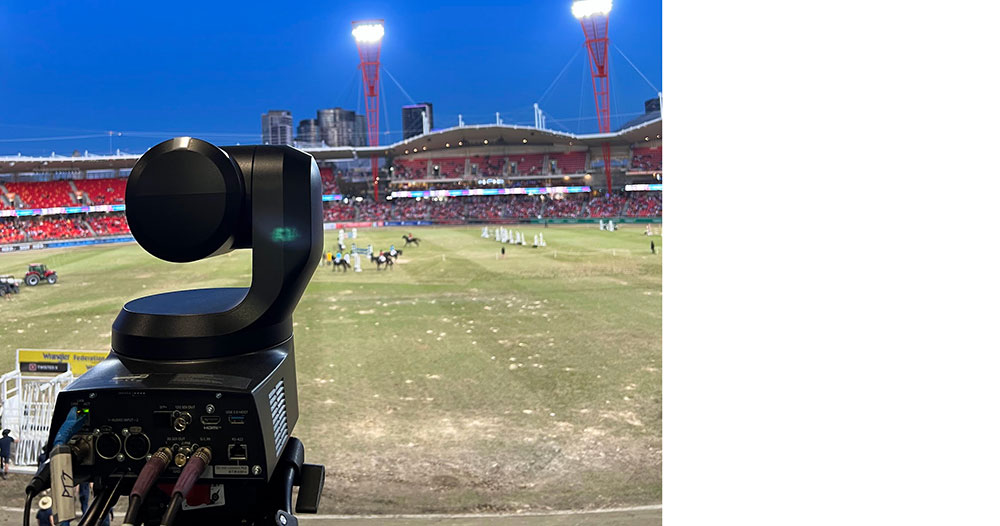
Typically, Innovative will take the UC4000s out with the 4K ONE truck, where the CCUs are installed. “On occasion, we’ll take the UC4000s and the HRP-1000s out to events without the CCUs, and still achieve good results. The UE160s and the CX350 go out on many kinds of shows as well. All together, they are effective enough as a remote-control system to allow us to reduce the crew on shows where space or costs are a concern. In short, our Panasonic gear gives us an edge over our competition.”
All the cameras are connected and can be tied back to the 4K ONE for central control – the AK-UC4000s via SMPTE fibre, the AG-CX350 via wireless link and the AW-UE160 via LAN/fibre. Even though each type of camera has a different use within an Innovative production, they can all be centrally controlled. oc.connect.panasonic.com









